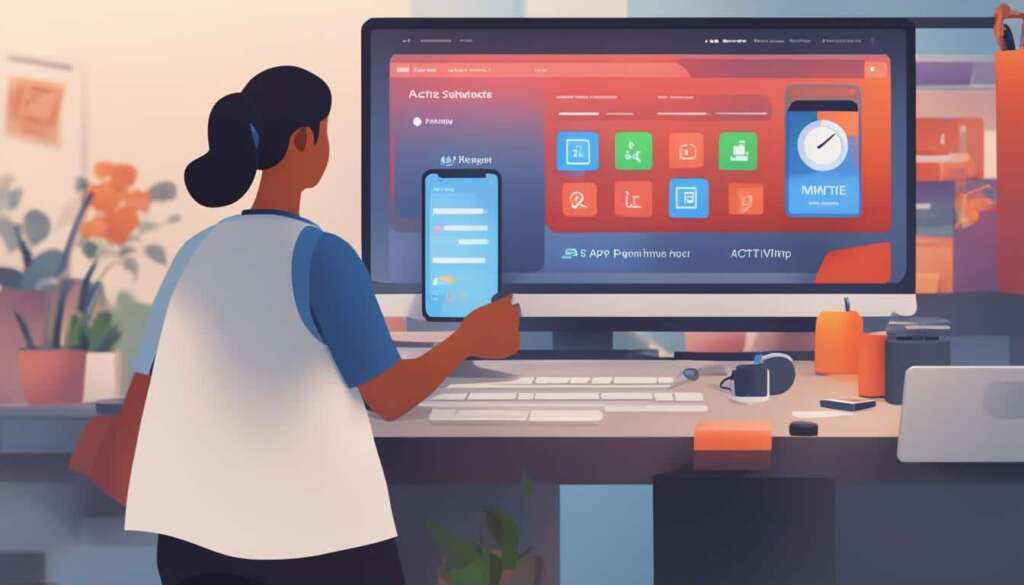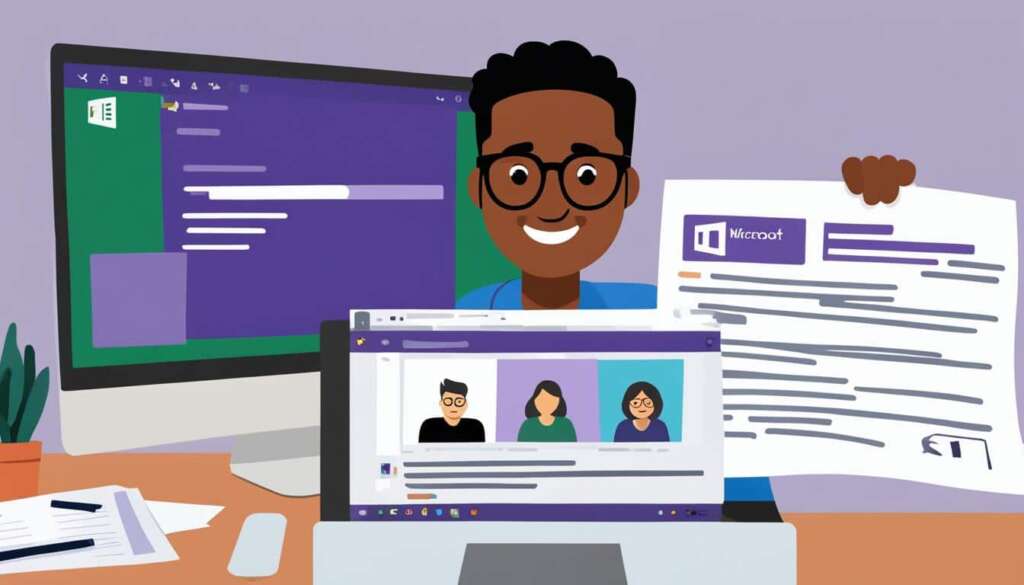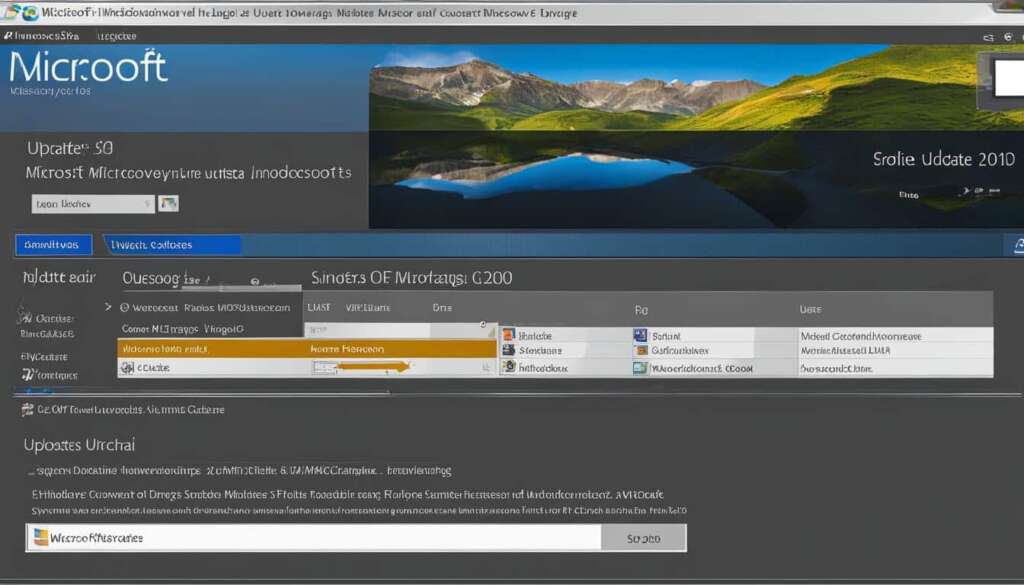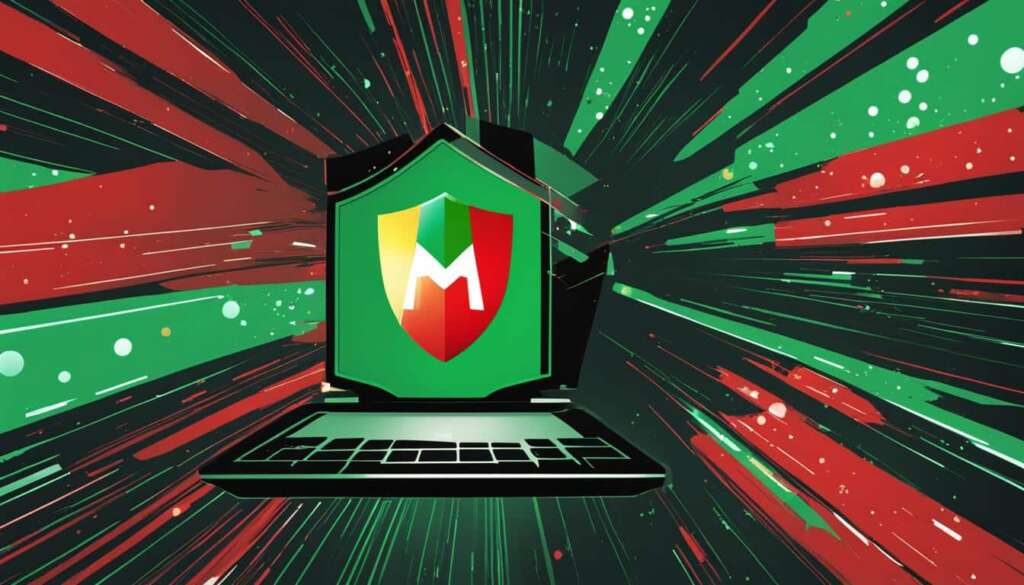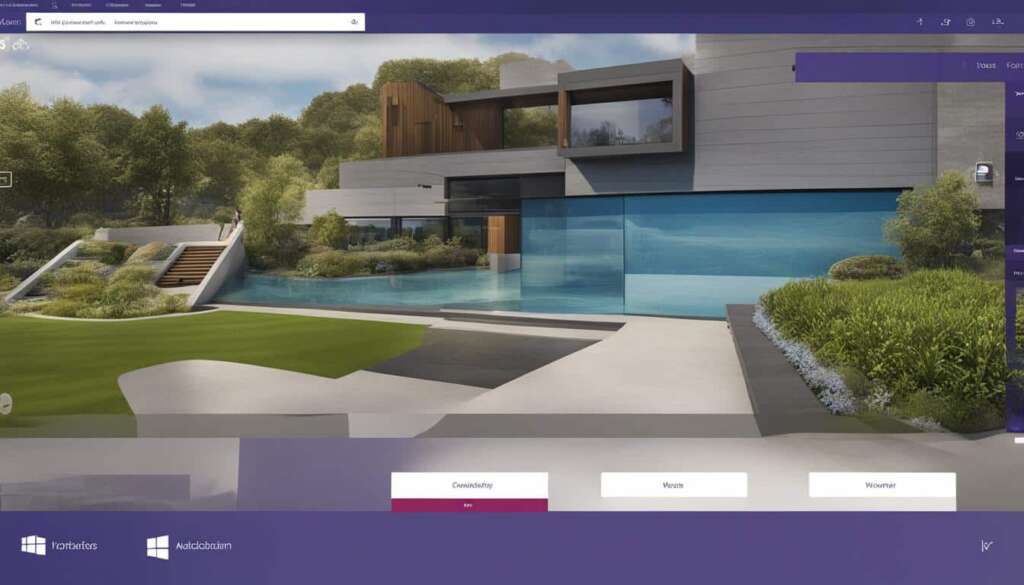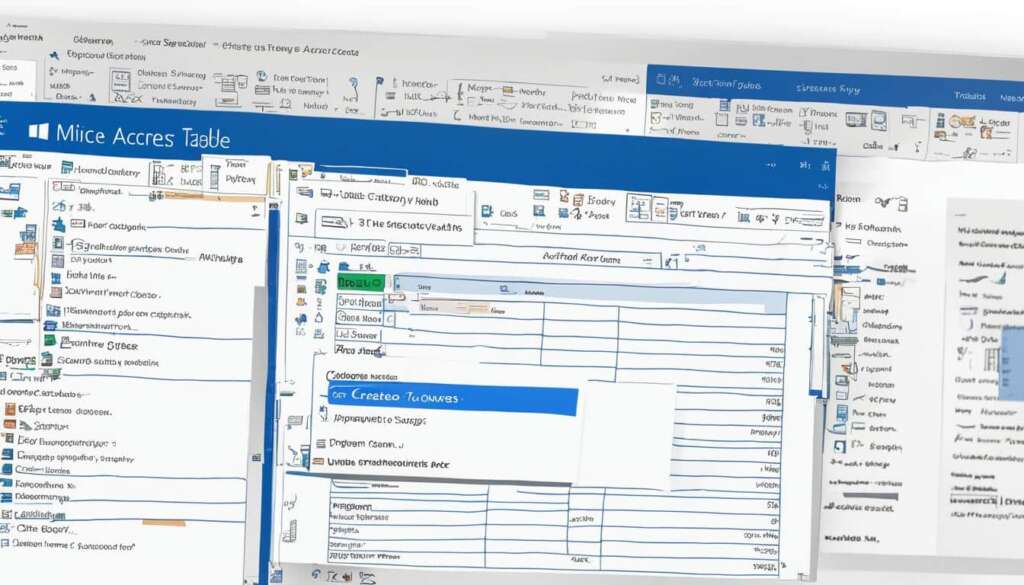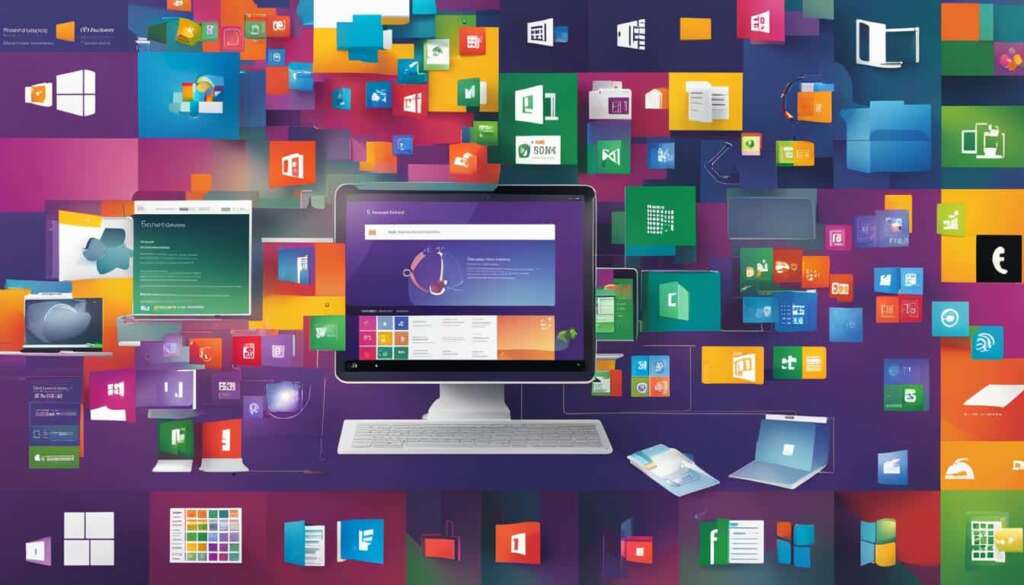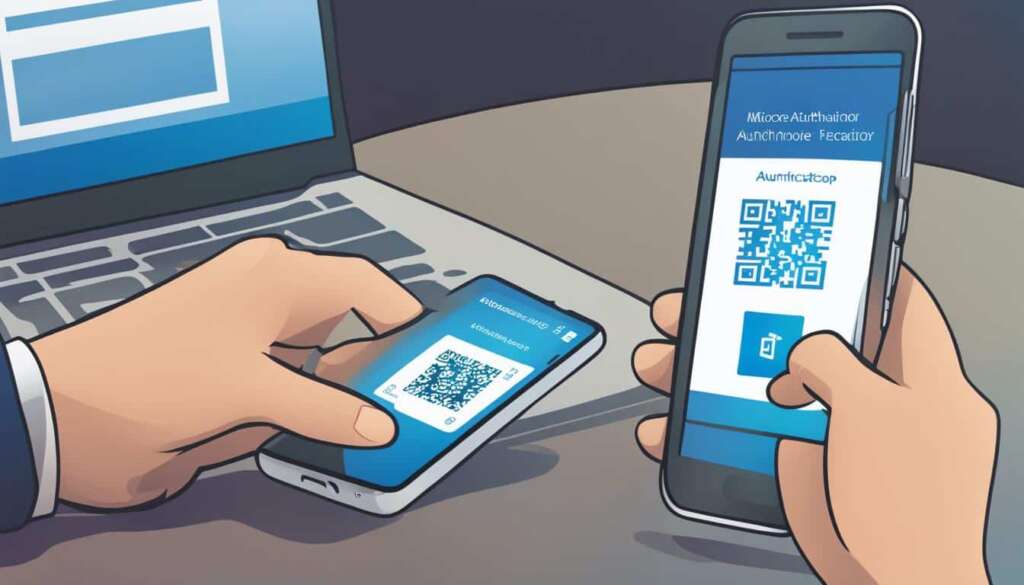Table of Contents
Are you wondering how to update Microsoft Edge? Keeping your browser up to date is crucial for optimal performance, security, and access to the latest features. In this step-by-step guide, we’ll show you exactly how to update Microsoft Edge easily and efficiently.
To begin the update process, open Microsoft Edge and locate the three-dot menu at the top-right corner of the browser window. Click on it to reveal a drop-down menu.
From the drop-down menu, select “Settings.” This will open the settings page for Microsoft Edge.
Scroll down until you find the “About Microsoft Edge” section. Click on it to access the update settings.
If a new update is available, you will see an option to “Download and install.” Click on this option to initiate the update process.
After clicking on “Download and install,” the update will begin. Depending on your internet connection speed, it may take some time to complete. Once the update is finished, you may be prompted to restart Microsoft Edge to apply the changes.
Remember, it is essential to keep your Microsoft Edge browser updated to ensure the best browsing experience. Updated versions provide improved performance, enhanced security, and access to new features and bug fixes.
Now that you know how to update Microsoft Edge, you can ensure that your browser is always up to date and operating at its best.
Checking for Updates Automatically
Microsoft Edge offers the convenience of automatic updates, ensuring that your browser stays up to date without any manual intervention. By enabling this feature, you can benefit from the latest enhancements, security patches, and bug fixes.
- Open Microsoft Edge and navigate to the “Settings” menu.
- Locate the “About Microsoft Edge” section.
- Toggle the switch to enable “Download and install updates automatically.”
Furthermore, if you are using a metered connection, consider toggling the switch for “Download updates over metered connections” as well. This setting allows updates to be downloaded even when connected to a limited or cost-sensitive network.
By enabling automatic updates in Microsoft Edge, you can ensure that your browsing experience remains smooth and secure, with access to the latest features and improvements.
Keep your browser up to date effortlessly, without manual intervention.
Why Enable Automatic Updates?
Enabling automatic updates is crucial for maintaining the security and performance of your browser. It helps protect against emerging threats, ensures compatibility with evolving web technologies, and provides a seamless user experience by automatically incorporating the latest bug fixes and feature enhancements.
With automatic updates enabled, your Microsoft Edge browser will always be equipped with the latest advancements, enhancing your online productivity, privacy, and enjoyment.
Troubleshooting Update Errors
Sometimes, you may encounter errors while updating Microsoft Edge. These errors can be frustrating and hinder the proper functioning of your browser. However, there are several troubleshooting steps you can take to resolve these update errors and ensure a successful update of Microsoft Edge.
- Clear the cache and cookies in your browser to resolve conflicts. This can help eliminate any temporary files or outdated data that may be causing issues during the update process.
- Disable any extensions that may be causing compatibility issues. Certain extensions may not be fully compatible with the latest version of Microsoft Edge, leading to update errors. By disabling these extensions temporarily, you can determine if they are the cause of the problem.
- Check your internet connection to ensure stability. A weak or intermittent internet connection can disrupt the download and installation of updates. Make sure you have a stable connection before attempting to update Microsoft Edge.
- If you are part of an organization and the update toggles are unavailable, it is recommended to contact your IT administrator for assistance. They will have the necessary permissions and tools to troubleshoot any issues related to updating Microsoft Edge within your organization’s network.
- For specific error codes or messages that you encounter during the update process, it is best to refer to the official troubleshooting tips provided by Microsoft. These resources provide detailed explanations and solutions for common update errors, helping you troubleshoot the issue effectively.
By following these troubleshooting steps, you can resolve update errors and ensure a seamless and successful update of Microsoft Edge.
| Error Code | Error Message | Troubleshooting Tip |
|---|---|---|
| 0x8007007e | Something went wrong. We can’t find the update file on your PC. Please try again later. | Ensure you have a stable internet connection and sufficient storage space on your device. Restart your computer and try updating again. |
| 0x800f0988 | Couldn’t install the update. Undoing changes. | Disable any third-party antivirus software temporarily and try updating again. If the issue persists, perform a clean boot and then attempt to update Microsoft Edge. |
| 0x800704c7 | The update failed to install. Please restart your computer and try again. | Check for pending updates in the Windows Update settings and install them first. Restart your computer and then update Microsoft Edge. |
Manual Update and Additional Tips
In certain situations, you may need to manually update Microsoft Edge or encounter specific issues. Here are some additional tips:
-
To manually update Microsoft Edge, go to the three-dot menu, select “Help & feedback,” and click on “About Microsoft Edge.” If an update is available, click on “Download and install” and restart the browser.
-
If you experience specific error codes or messages during the update process, such as network or firewall issues, refer to the provided troubleshooting tips from Microsoft.
-
If you are switching to Microsoft Edge from another browser, you can easily import your bookmarks and other data.
Regularly updating Microsoft Edge is essential for security, performance, and access to the latest features. By following the step-by-step guide and utilizing the troubleshooting tips, you can ensure that your browser is always up to date.
FAQ
How do I update Microsoft Edge?
To update Microsoft Edge, open the browser and click on the three-dot menu at the top-right corner. Select “Settings” from the drop-down menu. Scroll down and click on “About Microsoft Edge.” If an update is available, click on “Download and install” to proceed. If prompted, restart the browser to apply the update.
How can I enable automatic updates for Microsoft Edge?
To enable automatic updates for Microsoft Edge, open the browser and go to “Settings.” Look for the “About Microsoft Edge” section. Turn on the toggle for “Download and install updates automatically.” If you are using a metered connection, consider turning on the toggle for “Download updates over metered connections” as well.
What should I do if I encounter errors while updating Microsoft Edge?
If you encounter errors while updating Microsoft Edge, try clearing the cache and cookies in your browser to resolve conflicts. Disable any extensions that may be causing compatibility issues. Check your internet connection to ensure stability. If you are part of an organization, contact your IT administrator for assistance if the update toggles are unavailable. For specific error codes or messages, refer to the official troubleshooting tips provided by Microsoft.
How can I manually update Microsoft Edge?
To manually update Microsoft Edge, open the browser and go to the three-dot menu. Select “Help & feedback” and click on “About Microsoft Edge.” If an update is available, click on “Download and install” and restart the browser.
What should I do if I experience specific error codes or messages during the update process?
If you experience specific error codes or messages during the update process, such as network or firewall issues, refer to the provided troubleshooting tips from Microsoft for assistance.
Can I import my bookmarks and data while switching to Microsoft Edge from another browser?
Yes, you can easily import your bookmarks and other data when switching to Microsoft Edge from another browser.


